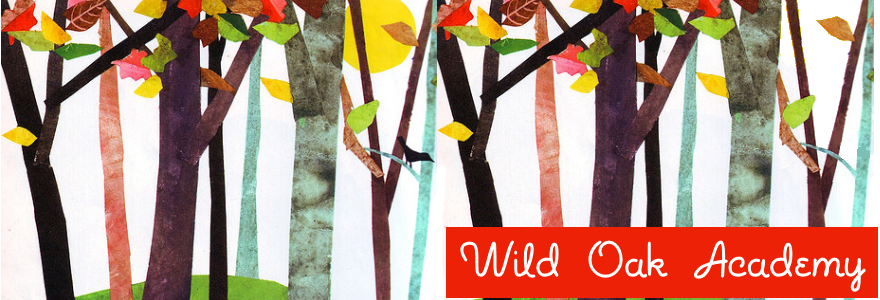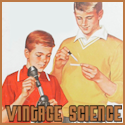For last Friday's nature walk we decided to re-visit Pawnee Prairie Park, since we'd never seen it not flooded. We had a nice but rather uneventful walk...and fortunately we left just in time as yet another thunderstorm was looming!
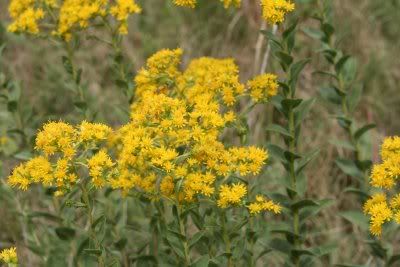
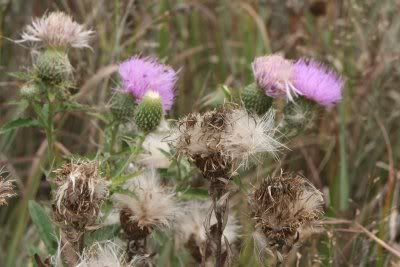
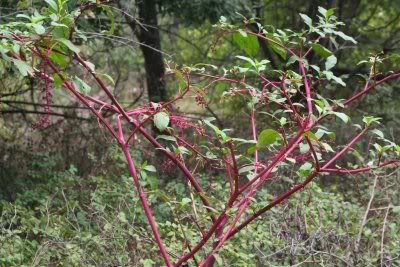
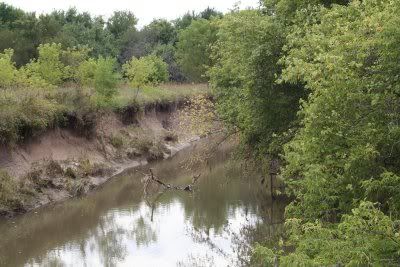
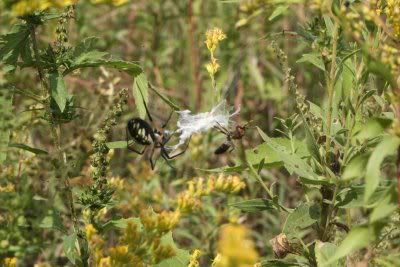
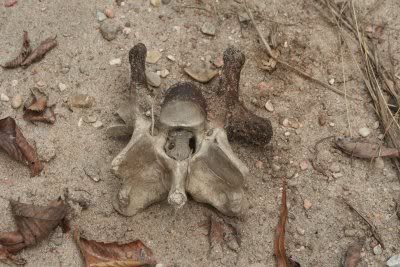
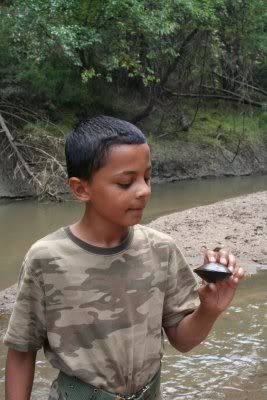
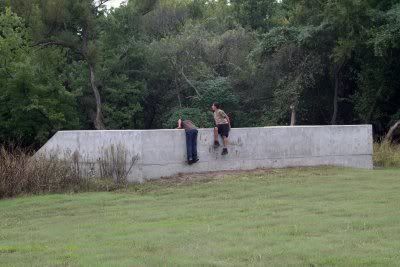

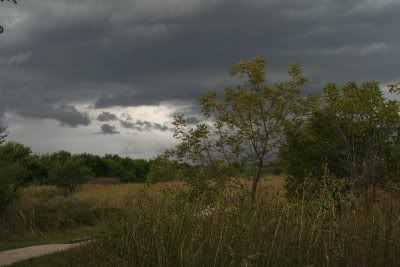

Labels: Autumn, Kansas, Nature, Nature Study, Wildflowers
This week was our second *full* week of school, because of all of the computer issues I've had the past couple of weeks. All of my plans, and much of our curriculum, is on the computer so no computer meant little formal schoolwork. I'm starting to realize that the more carefully I plan, the more certain it is that something will happen to disrupt those plans! September was supposed to be a very full month, and yet we weren't able to accomplish much of what I'd scheduled. I'm hoping for better luck in October!
Here's what we accomplished:
Religion: Daily readings from Saints for Young Readers for Every Day, and the corresponding art from Saints: A Year in Faith and Art. We also reviewed what we'd learned in the Old Testament last year and read about the birth of Jesus and John the Baptist in A Life of Our Lord for Children. In Peril and Peace we read about St. Paul of Tarsus, and in the Bible, we read Matthew 4, 5-6 & 7.
Language Arts: We completed four lessons from Spelling Wisdom, four lessons from Intermediate Language Lessons (for the 4th/5th graders) and four lessons from Lingua Mater (for the 7th grader). We also completed four lessons from Catholic Heritage Handwriting. Since we're currently reviewing the parts of speech, we read about "Little Article" in Grammar-Land.
Our current read aloud is When You Reach Me, which the kids are enjoying immensely. Though we're only half way through the book, they've gotten very close to figuring out the puzzle (they just don't know it yet!).
Latin: We began Latina Christiana this week with Lesson 1. The DVD's and CD really make this program a breeze to use and the kids had fun with it.
History: We spent a second week on TOG Y1U4 Week 29, since last week we were only schooling part time. The kids continued to learn about the birth of the Roman Republic, Roman law and the Forum. They also learned more about daily life in the Republic and for fun, were challenged to create a catalog of items the Romans would have used (though of course there was no catalog shopping in Roman times!). The finished product was a catalog they named "Rome Today," and it included various kitchen utensils, clothing, accessories, and of course, weapons. Frankly I was surprised how much research and detail went into the project - I'll try to post pictures soon.
Math: The boys reviewed fractions, doing both Math Mammoth worksheets and assignments in their Singapore books. Maddie continued to work on division and multiplication review.
Science: I've given up on most of my plans for science this month since it's, uh, the end of the month already. We have been learning about all kinds of things, but most of it has been completely spontaneous (which really, has been rather fun!). I'm currently contemplating a unit on the prairie ecosystem, which we've already been studying a bit in the past week or so.
We have not had a single Fine Arts Friday this month, which I'm rather sad about. However, I decided not to start today since my plans really required starting at the beginning of a month. Therefore, we'll begin next week - I've had a number of projects ready to go, so I'm anxious to begin!
Also, this week the kids had their first Lego Robotics class. Since the local homeschool robotics club was already very full, they will be on a local private school's team. This actually works out great because rather than meeting with the club bi-weekly, they'll be in class every Wednesday for two hours, learning more than they would have otherwise.

 A few end-of-summer caterpillars
A few end-of-summer caterpillars
A bountiful harvest of tomatoes!
Labels: Weekly Report
Wednesday we attended a homeschool class at Botanica for "Monarch Week." During the class, the kids got to watch a monarch tagging demonstration, examine butterflies under a microscope, visit the butterfly house, and play a migration simulation game - in addition to learning all about monarchs.

Our tagged butterfly

In the butterfly house

The kids enjoyed holding the butterflies...


Butterflies trying to warm up




Imaginging life with compound eyes

Migration simulation game

Feeding a Butterfly Koi

Labels: Science
Jaymon and I stumbled across this abandoned homestead last Saturday on an impromptu roadtrip around Cowley County. It was such a beautiful, peaceful place, though clearly long forgotten - one can't help but wonder about the people who used to live there, what their lives were like and why they left. There was so much to explore, we didn't get to everything, unfortunately. Someday I hope to find it again.
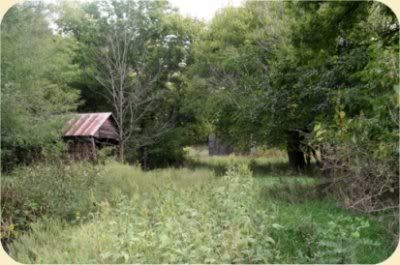
The view from the road
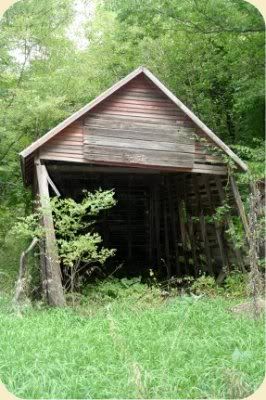
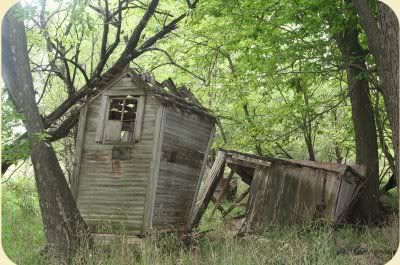
The outhouse + part of another structure
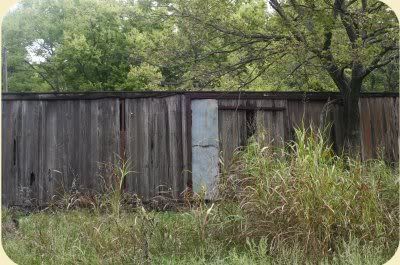
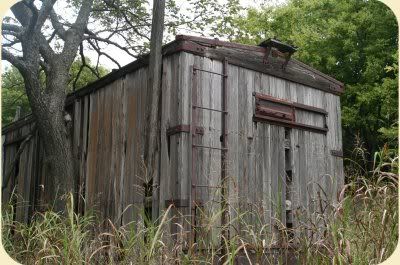
An old wooden box car
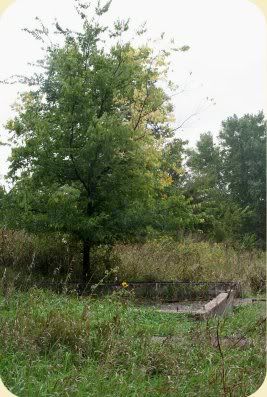
Stone foundation
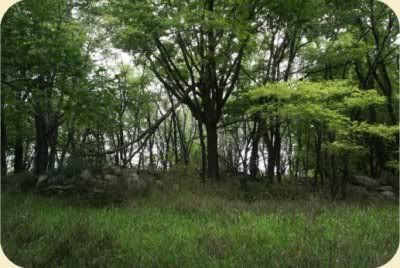
Remains of a limestone fence
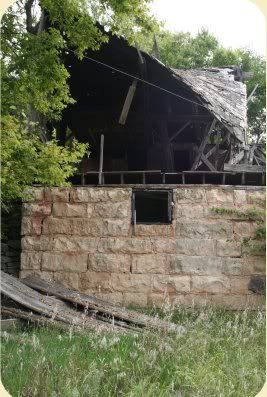
The barn - exterior
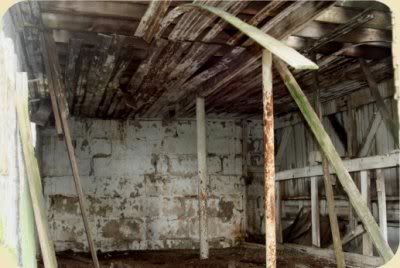
The barn - interior
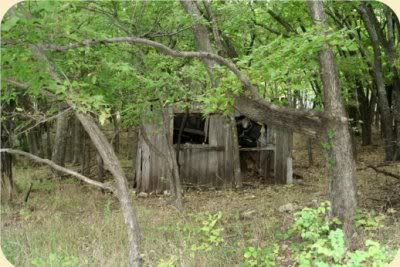
A shed
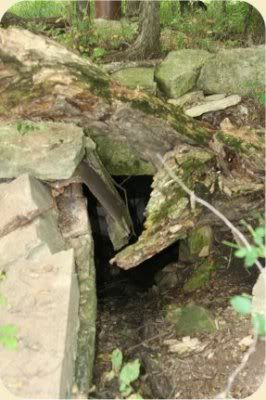
The cellar
Labels: Kansas, Wordless Wednesday
Last Friday, I found myself without a working computer - again - so I decided that we would take a field trip to the Tallgrass Prairie National Preserve. Unfortunately, by the time we got there it was nearly 3 pm (we made quite a few stops to explore along the way!), so we had little time to enjoy the park. We watched a video, then took a wonderful guided tour and learned quite a lot. Next time I will plan to arrive early so that we can spend the day hiking some of the beautiful prairie trails.
From their website:
Tallgrass prairie once covered 140 million acres of North America. Within a generation the vast majority was developed and plowed under. Today less than 4% remains, mostly here in the Kansas Flint Hills. The preserve protects a nationally significant remnant of the once vast tallgrass prairie and its cultural resources.
Once the hunting grounds of the Kansa and Osage Indians, the preserve's 10,894 acres are home to an astonishing variety of life: over 450 species of plants, 150 kinds of birds, 39 types of reptiles and amphibians, and 31 species of mammals. A cycle of climate, fire, and animal grazing - once buffalo, now cattle - has sustained this ecosystem. Much of the grassland flora and fauna is too subtle to be seen from a passing car, but careful scrutiny reveals the special beauty, wonder, and complexity of the prairie.
 Three-story limestone barn
Three-story limestone barn The view across the prairie
The view across the prairie "As to scenery (giving my own thoughts and feeling), while I know the standard claim is that Yosemite, Niagara Falls, the Upper Yellowstone, and the like afford the greatest natural shows, I am not so sure but the prairies and plains, while less stunning at first, last longer, fill the esthetic sense fuller, precede all the rest, and make North America's characteristic landscape. Even [the prairie's] simplest statistics are sublime." -- Walt Whitman, Specimen Days (1879)
"As to scenery (giving my own thoughts and feeling), while I know the standard claim is that Yosemite, Niagara Falls, the Upper Yellowstone, and the like afford the greatest natural shows, I am not so sure but the prairies and plains, while less stunning at first, last longer, fill the esthetic sense fuller, precede all the rest, and make North America's characteristic landscape. Even [the prairie's] simplest statistics are sublime." -- Walt Whitman, Specimen Days (1879)
Labels: Field Trips, Kansas, Science, Wildflowers
This morning, quite by accident, I stumbled across the most exciting thing - a new(ish) book by Lemony Snicket (whom I adore!) entitled The Composer is Dead. A terrific trailer that explains the book can be found here.
What a wonderful way to kick-off our composer studies this year! The following review from The School Library Journal shows why I believe this book will be the perfect way to begin:
(Kindergarten-Grade 5) Benjamin Britten's "Young Person's Guide to the Orchestra" has been the gold standard for introducing children to instruments since 1946. The concept has been embraced (some may say enhanced) by none other than Lemony Snicket, whose picture-book overview offers the additional layer of a murder mystery. The CD presentation features music by Nathaniel Stookey, performed by the San Francisco Symphony. The story is well paced, employing wordplay, humor, and mild suspense to build a slow crescendo that originates with the delicate strings and climaxes with percussion. The bombastic Inspector, read by Snicket on the CD, sports pinstripes, a bowler hat, and a handlebar mustache in the book. As he interrogates each section of the orchestra, the instruments describe their whereabouts on the night of the crime in characteristic voices, telling something about their actual roles while offering imagery for the illustrator. Thus, "'We were performing a waltz,' said the Violins. 'We played graceful melodies so the ladies and gentlemen could spin around and around and around until they felt dizzy and somewhat nauseous.'" Ellis's watercolors combine caricatures of the action with silhouettes of the instruments. Evidence leads to the conductor, since "wherever there's a conductor, you're sure to find a dead composer!" Musings on justice versus art point to certain acquittal. Due to the length of the musical portions, it is unlikely that children will listen and read simultaneously. It is quite likely, however, that both formats will provide entertainment and enlightenment, in whatever order they are encountered.
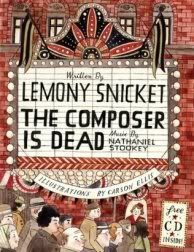
How fun, I can't wait for the book to arrive!
Labels: Music
